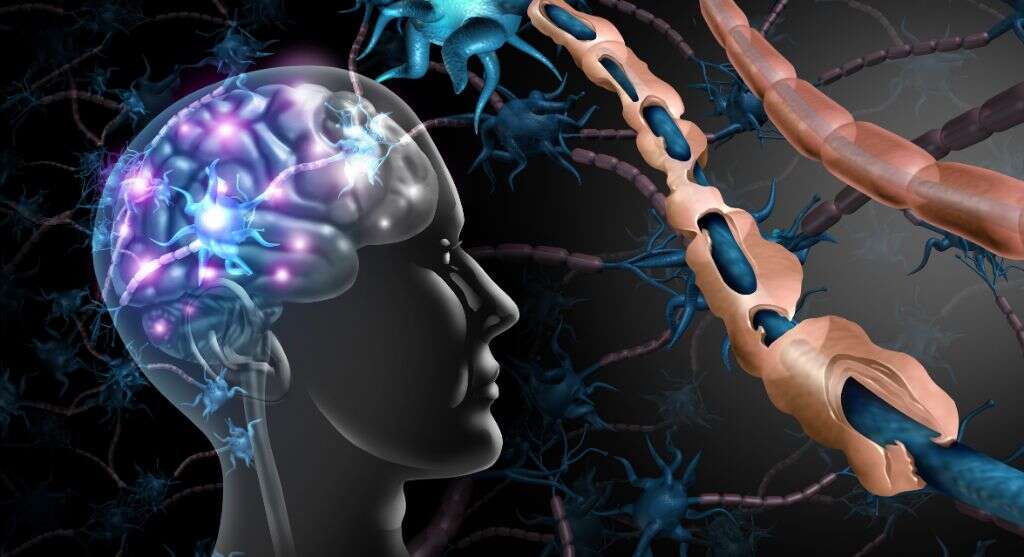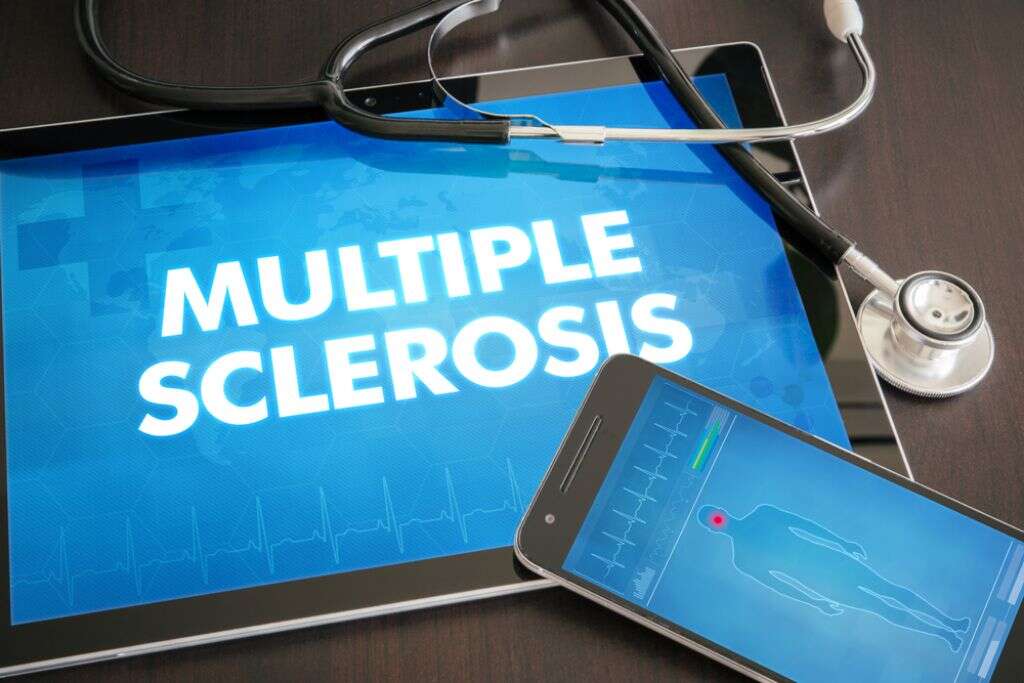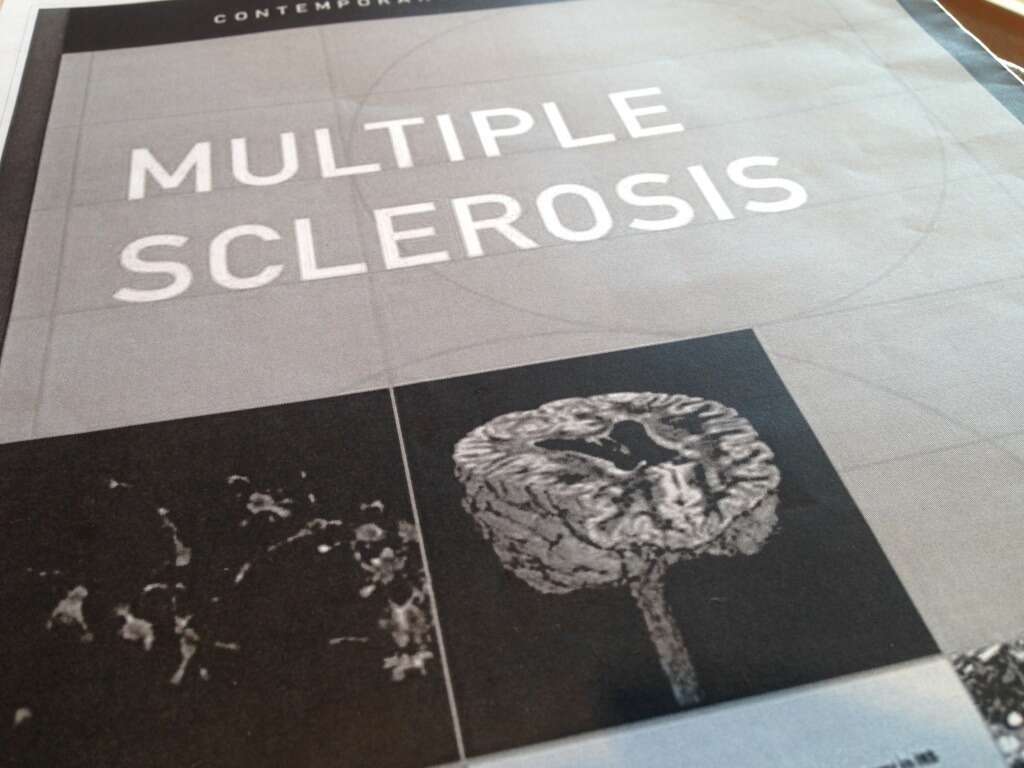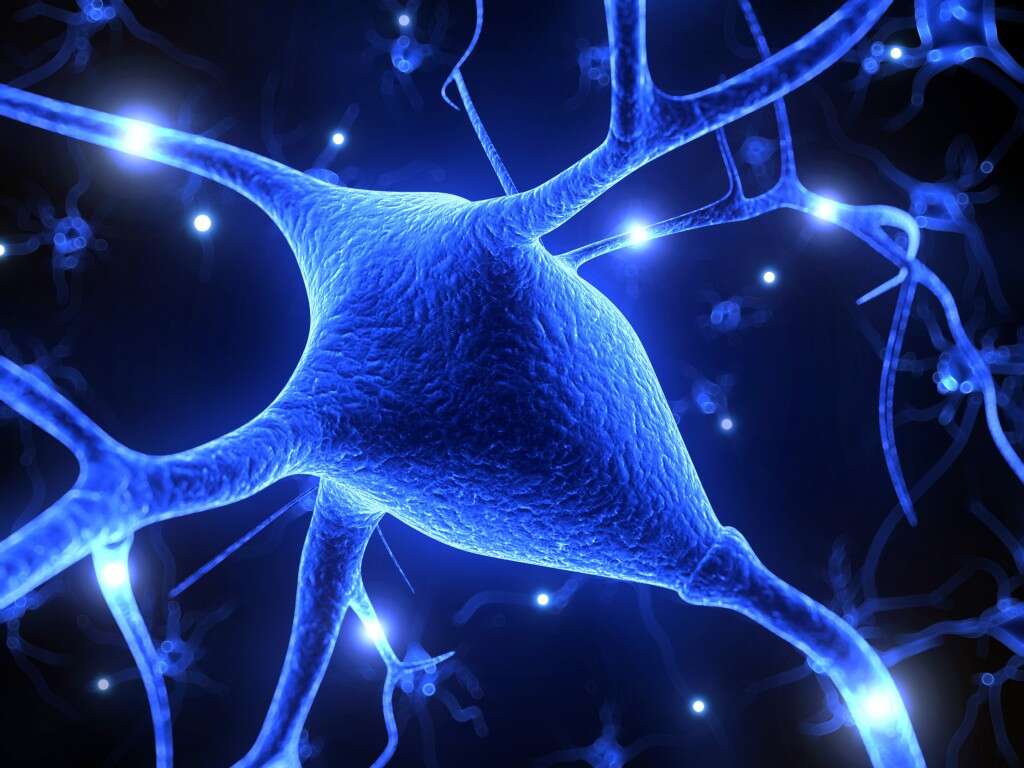What Is Multiple Sclerosis?
Our nerves are essential to us because they help ensure the body is functioning properly. They act as information highways, allowing messages to be sent throughout the body. This means messages going to the brain with vital information, and messages from the brain instructing muscles and other body parts what to do.
If something was to go wrong with the nerves, then these messages may not be able to be passed through the body as well as they usually would be. This, in turn, means that the patient might begin to lose control over their muscles and other bodily functions. One example of this happening is a condition known as multiple sclerosis.

1. Multiple Sclerosis
Multiple sclerosis is a condition that causes damage to our nerves. It is a condition that develops gradually, with the patient often barely noticing the symptoms at first. Multiple sclerosis causes damage to our nerves, and this will have a profound impact on nerves’ ability to function properly.
This will, in turn, result in the patient gradually losing certain bodily functions, such as the ability to walk. The severity off the symptoms will vary considerably according to the extent of the damage caused to the patient’s nerves. The condition has the potential to be devastating to the patient, and to the people around them.

2. Causes
Our nerve fibers are protected by a fatty protective membrane known as myelin that acts as a kind of sheath. Multiple sclerosis is a type of autoimmune condition that causes the immune system to attack this membrane, causing damage to it.
This damage then leaves the nerve fibers exposed, potentially causing damage to the nerves themselves. This can then affect the ability of our nerves to send messages between the body and the brain. As mentioned, it is not clearly understood why this happens. However, it is thought that it has something to do with a combination of environmental factors and genetics.

3. Movement Symptoms
The symptoms of multiple sclerosis will vary considerably. However, it is typical for patients to experience difficulties when it comes to having control over their muscles. For example, the patient will often feel weaker than usual in one or more of their limbs, and they can also feel numb.
A lack of coordination is another potential symptom, and the patient may also develop an abnormal gait. Tremors are another potential symptom of the condition. Some patients will also experience Lhermitte’s sign, which is the sensation of an electric shock when the patient moves their body in certain ways. This usually happens when the patient moves their neck forwards.

4. Vision Symptom
In addition to difficulties moving, the patient will also some experience abnormalities with their vision. One example of such a symptom is that the patient’s vision can become blurred, and corrective equipment like spectacles may not be able to correct the problem.
In addition to blurred vision, multiple sclerosis will also cause double vision in some cases, and the symptom is likely to be long lasting. The patient will also sometimes experience pain in their eyes when they try to move then. Multiple sclerosis can also sometimes cause the patient to lose their vision, although this will usually only happen in one eye at a time.

5. Other Symptoms
Multiple sclerosis can also cause other symptoms that can have a significant impact on the patient’s quality of life. One of these is fatigue, and they will often not feel like taking part in any activities. The condition will also sometimes cause the patient to feel dizzy.
Multiple sclerosis can also cause the patient’s speech to become slurred, and this can make it harder for them to communicate with other people. Patients with the condition will also often feel pain or tingling in different parts of their body. They can also have difficulties with their bladder and bowel function, and they can also have problems with their sexual functions.

6. Complications
Multiple sclerosis can get gradually more severe until the patient develops complications. This includes epilepsy, which can cause the patient to have potentially dangerous seizures. Spasms and stiffness can also develop in the patient’s muscles.
As the condition progresses, paralysis can occur, which tends to happen in the patient’s legs. Mood swings are another potential symptom, and the patient can also begin to lose their short term memory. Multiple sclerosis will also cause some patients to become depressed, and this will need to be treated as it can lead to devastating consequences, such as causing the patient to take their own life.

7. Relapses
The symptoms of multiple sclerosis are likely to come in cycles of remission, and relapses. After experiencing the symptoms for some time, the symptoms can then relapse completely, or at least partially. This can leave the patient not experiencing any symptoms whatsoever for months, or even years.
An increased body temperature can also cause the patient’s symptoms to reappear or worsen, although these are not generally considered to be relapses. In some people, the symptoms will get gradually worse to the point where they can have a severe impact on the patient’s life. The rate the disease progresses can vary considerably from person to person.

8. Risk Factors
It is difficult to say exactly who will develop multiple sclerosis. However, there are some people who are statistically more prone to the disease than others. This includes people who are aged between 20 and 40, while women are also more likely to have relapsing-remitting multiple sclerosis.
People that live in temperate climates are also more likely to develop the condition, and low levels of vitamin D are another potential factor. Some autoimmune conditions will also make the patient more prone, as will having a history of the disease in the family. People of Northern European heritage are also more prone. Smokers are also in a higher risk category.

9. Diagnosis
Your doctor will want to know about your medical history, and perform a brief physical exam. There is no way to diagnose multiple sclerosis directly. Instead, the experts will need to eliminate other possibilities until multiple sclerosis is the only reasonable remaining possibility.
This will involve taking blood samples, and samples of the spinal fluid can also help to look for signs of medical conditions that might be causing the symptoms. Spinal fluid can be examined for signs of antibodies that are associated with multiple sclerosis. Imaging techniques may also be used, along with tests that help to measure the electrical patterns in the patient’s body.

10. Treatment
As yet there is no cure for multiple sclerosis. In many cases, the patient’s symptoms will be so mild that treatment will not be considered necessary. Treatment for the condition will typically involve slowing the progression of the symptoms, and helping the patient to recover from attacks.
Treatments include plasmapheresis, which involves separating the patient’s plasma from their blood and then cleaning or replacing it. Corticosteroids are also often used to help prevent the inflammation of the nerves. Other medications are also available that can slow the progression of the disease. Therapy can also be used to help the patient retain strength, and maintain control over their muscles.










